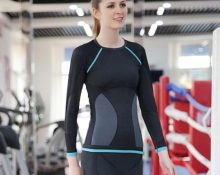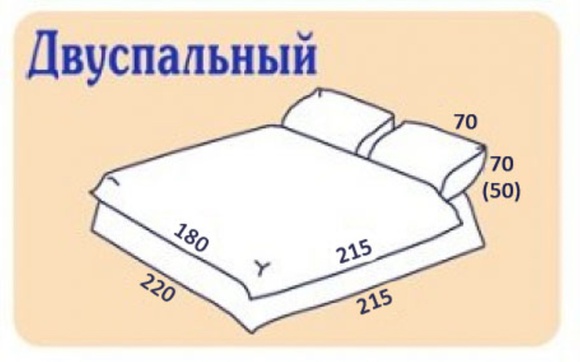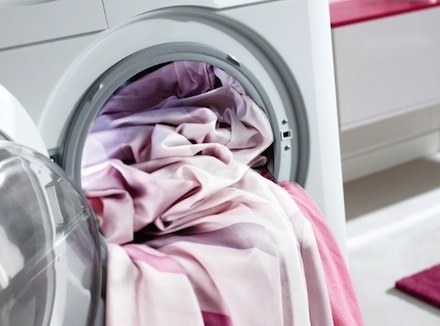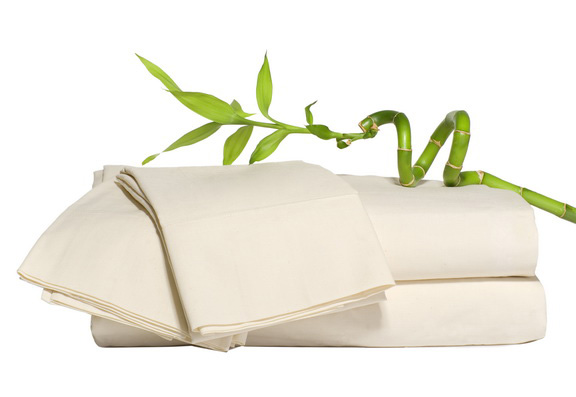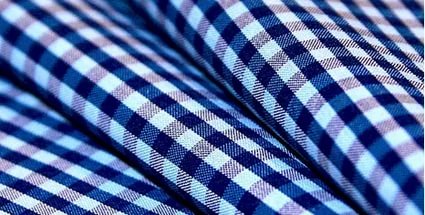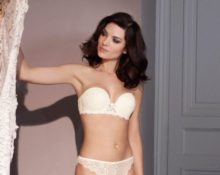The most effective bleach for whites is an important assistant in keeping your clothes and linen white. Today we will look at the most popular and effective bleaches, the features of their composition and application, in order to choose the best bleach for laundry.
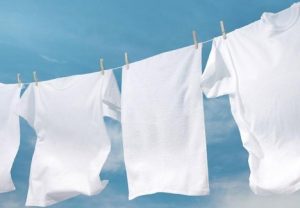
How to use bleach
This is a question that interests many who are faced with the need to bleach their clothes. Initially, it is worth determining the type and composition of your bleach for white laundry, since this will determine how you will use it.
- Determine the type and composition of bleach.
- Read the instructions for use on the product packaging.
- Check to see if the bleach is suitable for the type of fabric you are going to bleach.
- Follow the manufacturer's recommendations for using bleach.
The best bleach for whites: selection
Which bleach is best for white clothes is a question to which there is no clear answer, since the choice depends on your preferences and the type of fabric.Here is a selection of the most effective bleaches:
- Chlorine bleach is the most powerful and effective, but requires caution in use due to its aggressiveness. Well suited for white cotton and calico.
- Oxygen bleach is gentler and safer for different types of fabrics such as viscose, wool and silk. Recommended for frequent use.
- White vinegar is an eco-friendly and environmentally friendly option. It helps get rid of stains, brightens and refreshes white clothes. Suitable for any type of fabric.
What is the most effective laundry bleach?
It depends on your preferences and goals. If you need a powerful bleach to remove stubborn stains, then chlorine bleach is your best choice. If you're looking for a softer option that will work on most fabrics, oxygen bleach is worth a look. For an eco-friendly and safe option, choose white vinegar.
What is important to know
The composition of bleach includes various components, depending on the type of product. It is important to know the composition of bleach to determine whether it is suitable for your clothes and linens:
- Chlorine-containing Bleach: The main active ingredient is sodium hypochlorite. It has strong oxidizing properties, but can damage some types of tissue.
- Oxygen Bleach: The main active ingredient is sodium percarbonate, which forms hydrogen peroxide when it comes into contact with water. This type of bleach is safer for different types of fabric.
- White vinegar - This is acetic acid diluted with water. It serves as a natural bleach and disinfectant that is safe for the environment and your clothes.

How to use bleach
This depends on the type of product and the manufacturer's instructions. Here are general recommendations for using bleaches:
- Dilute the bleach with water according to the instructions on the package.
- Check whether the bleach is suitable for the type of fabric of your clothing or linen.
- Soak clothes or linens in the bleach solution for a specified period of time.
- Rinse items thoroughly after using bleach and wash them in the washing machine.
What items should not be bleached?
There are some types of fabrics and items that are not recommended to be bleached as it may damage the material or cause unwanted chemical reactions. Here is a list of items that generally should not be bleached:
- Bleach can cause discoloration and uneven fading of colored items.
- Some synthetic materials, such as polyester, nylon and spandex, can be damaged by bleaches, especially chlorine bleaches.
- Wool and Silk: These natural and delicate fabrics can be damaged by bleaches, even oxygen bleaches. Use special detergents and methods for caring for wool and silk.
- Metal snaps, zippers, embellishments or prints may react with the bleach and become damaged and stain the fabric.
- Leather and Suede: These materials are very sensitive to chemicals, so bleaches can damage them. To care for leather and suede, use special detergents and techniques.
Before using bleach on a new type of fabric or item, always check the care instructions on the label and test the bleach on a small, inconspicuous area of the material.If the item has colored designs or embroidery on a white background, be careful with bleach as it may damage the colored elements.
Conclusion
Choose a bleach based on your needs and the type of clothing or laundry you want to whiten. Remember that deciding which bleach is best for white laundry depends on your individual preferences and goals. In any case, follow the manufacturer's instructions and use bleach with caution to avoid damaging your clothes and linens.
Now, knowing the features of different types of bleaches, their composition and methods of use, you can make an informed choice and choose the most effective bleach for white things. Your clothes and linen will look fresh and bright, maintaining their pristine whiteness for a long time.


 0
0